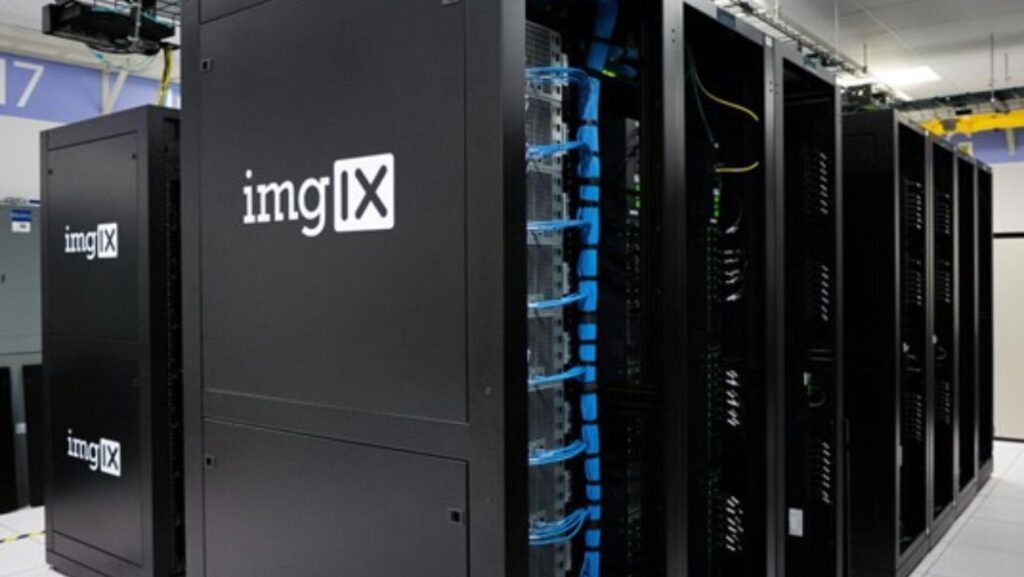The need for powerful computational resources has surged as AI applications become more complex and data-intensive. One of the most effective solutions to meet this demand is GPU (Graphics Processing Unit) servers. This blog post explores the benefits of using GPU servers in AI and how they enhance performance, efficiency, and overall capabilities.
Enhanced Computational Power
One of the primary benefits of GPU servers is their exceptional computational power. Unlike traditional CPUs (central processing units), which are designed for general-purpose processing, GPU Dedicated Servers are explicitly engineered to handle parallel tasks. This design allows GPUs to perform thousands of simultaneous calculations, making them well-suited for the heavy lifting required in AI workloads.
In AI, large datasets must be processed efficiently, especially in machine learning and deep learning. GPU servers excel in this regard because they can execute multiple calculations simultaneously. This parallel processing capability enables faster training times for machine learning models, allowing researchers and developers to iterate more quickly and refine their algorithms.
Improved Efficiency
GPU servers are not just about raw power; they also offer improved efficiency, particularly in resource utilization. GPU servers provide more computational power per watt than traditional CPU servers.

This energy efficiency is crucial, as training complex AI models can consume substantial amounts of electricity. By leveraging the energy-efficient architecture of GPU servers, organizations can save on energy costs while reducing their carbon footprint.
GPU servers are designed to handle specific AI workloads effectively. Many frameworks and libraries, such as TensorFlow, PyTorch, and CUDA, are optimized for GPU processing. This optimization allows organizations to make the most of their hardware, ensuring that resources are used efficiently and effectively.
Scalability
As AI projects evolve, so do their computational requirements. GPU servers offer scalability, which is essential for growing AI applications. Organizations can scale their GPU resources up or down based on project demands. This flexibility allows businesses to allocate computational power dynamically, ensuring they have the necessary resources when needed without incurring unnecessary costs during low-demand periods. GPU servers can be integrated into cluster computing environments, where multiple servers work together to tackle complex AI tasks. This scalability is vital for large-scale AI projects, enabling organizations to distribute workloads across several GPUs for even faster processing times.
Faster Data Processing and Real-Time Analytics
AI often requires real-time data processing to deliver insights quickly. GPU servers handle high-throughput data streams, enabling organizations to perform real-time analytics and promptly make data-driven decisions.

With parallel processing capabilities, GPU servers can ingest and process massive amounts of data in real-time. This speed is crucial in industries like finance and healthcare, where timely insights can make a significant difference. Once AI models are trained, they must be deployed for inference (making predictions based on new data). GPU servers can quickly handle inference tasks, ensuring that AI applications can respond quickly to user inputs or changing data conditions.
The benefits of using GPU servers in AI are undeniable. Their unparalleled computational power, efficiency, scalability, and versatility make them an essential resource for organizations looking to harness artificial intelligence’s full potential. By investing in GPU servers, businesses can accelerate their AI initiatives, reduce costs, and stay competitive in a rapidly evolving technological landscape. Whether you are a startup looking to develop your first AI application or a large enterprise seeking to optimize your existing workflows, GPU servers can provide the computational resources necessary to succeed in artificial intelligence.



